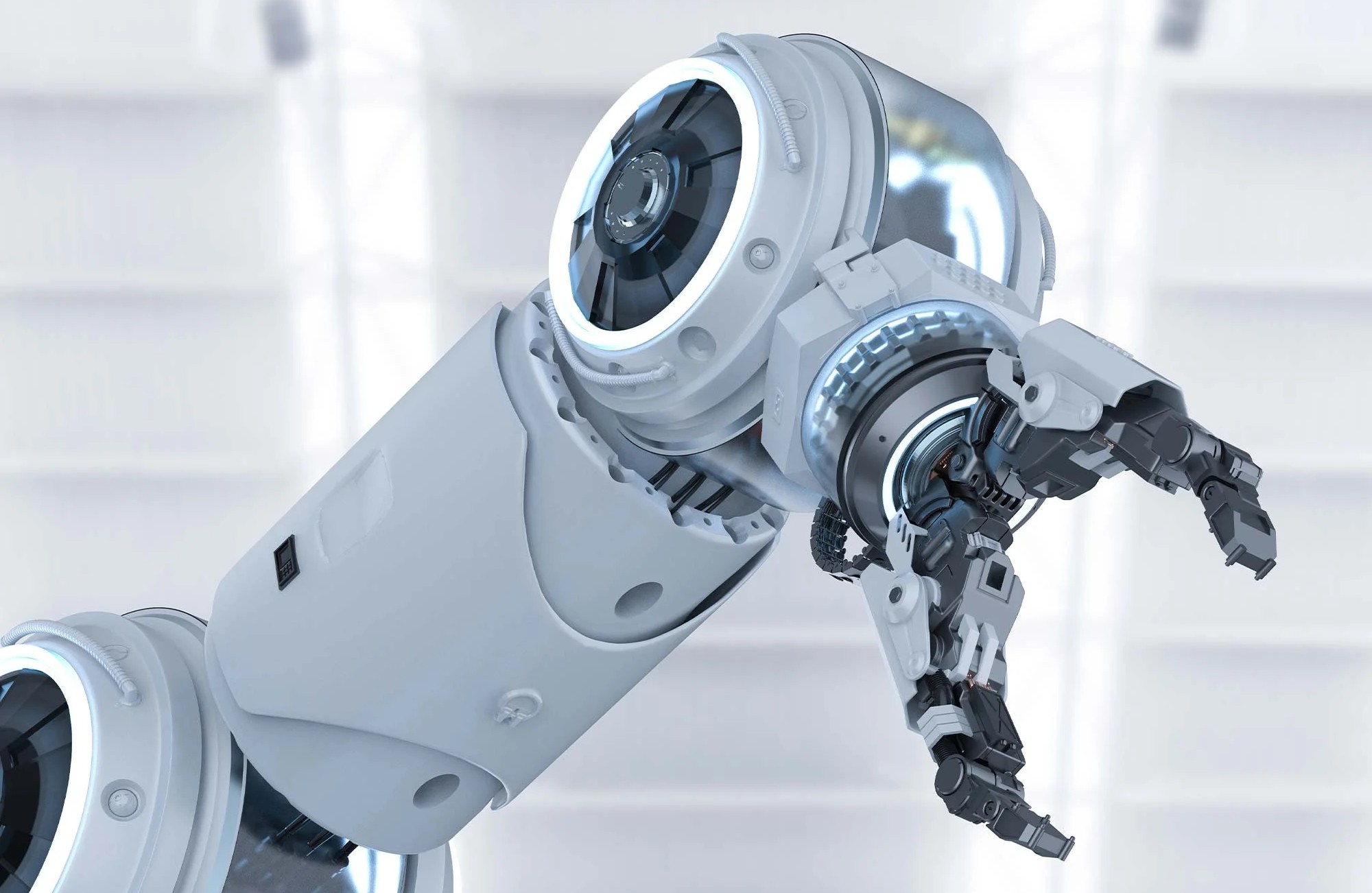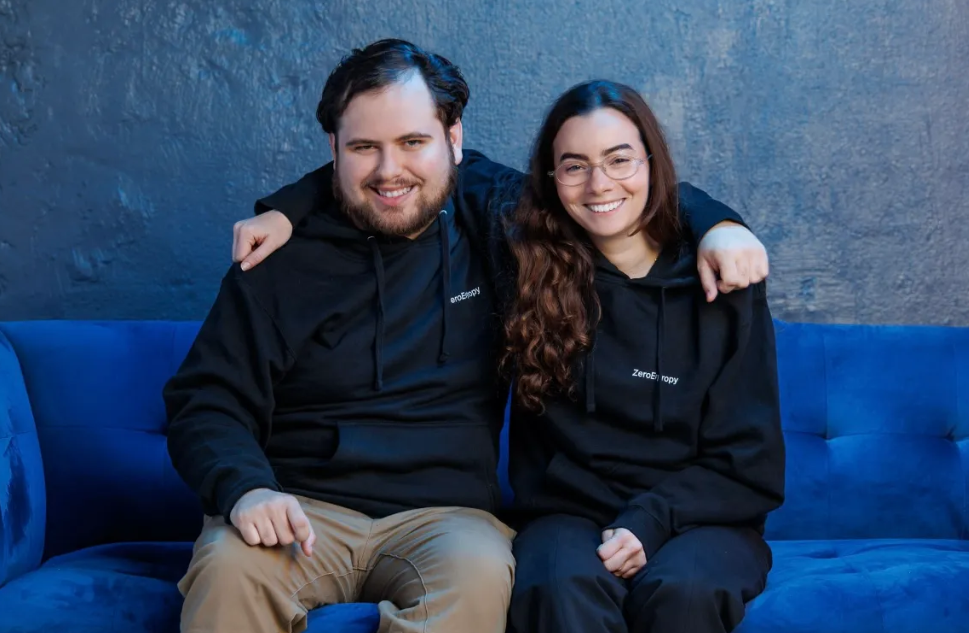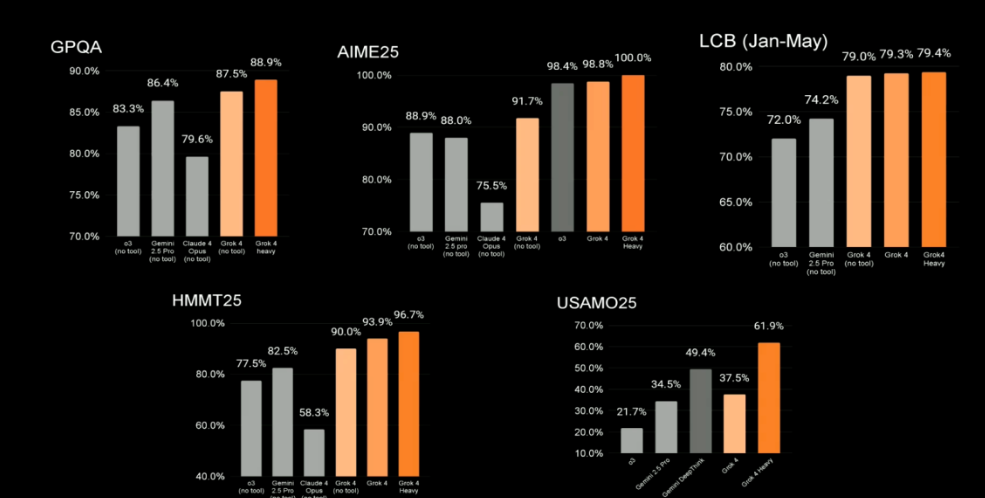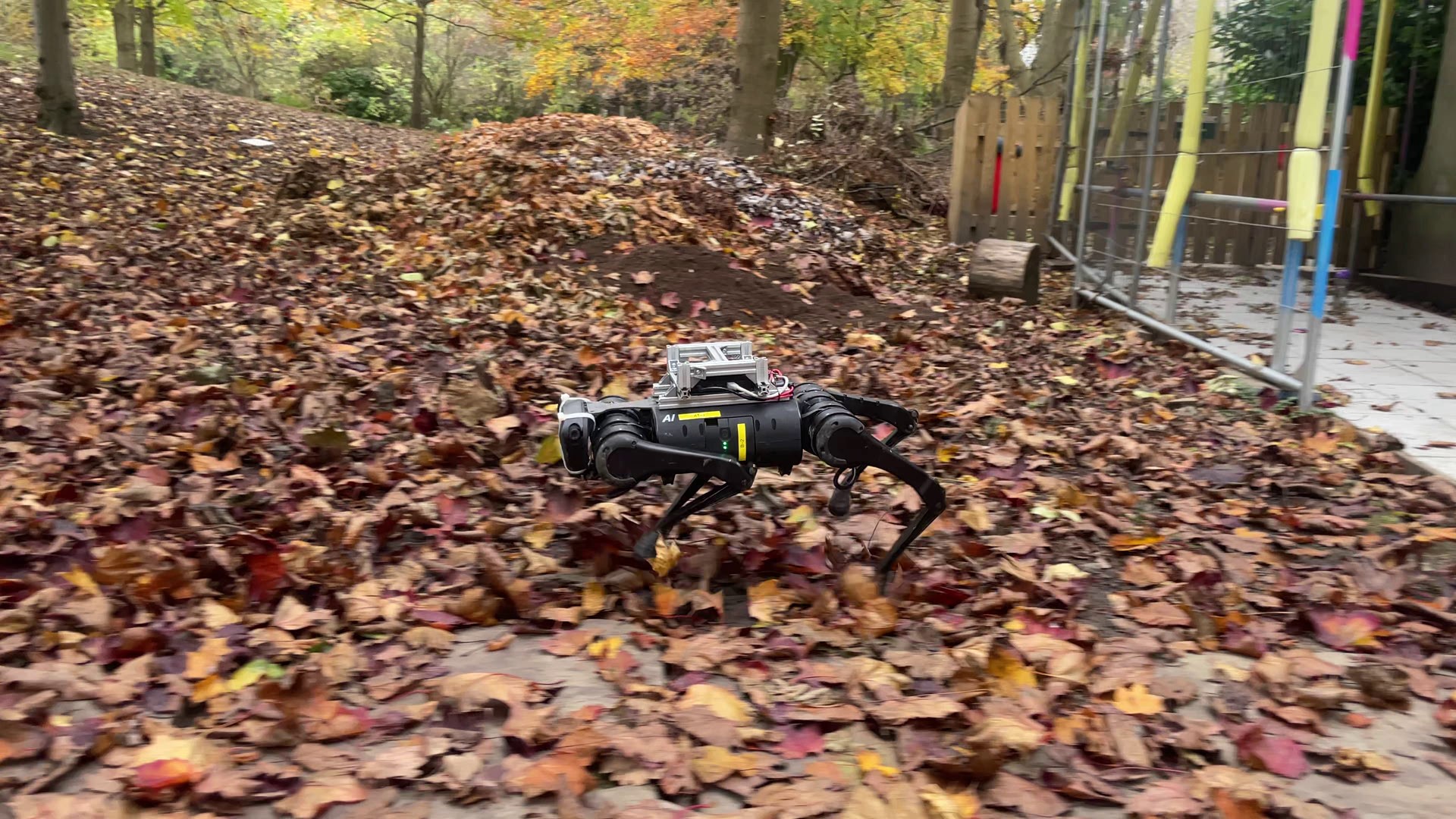For decades, we’ve been tantalized by the promise of having personal robot assistants to help with chores and tasks around the house. From the animated Jetsons’ household to recent depictions in films like A.I., the idea of robots seamlessly integrating into our domestic lives has firmly taken root in our cultural imagination. Yet the reality has proved far more challenging than the fiction. As roboticist Ken Goldberg explains, “What’s easy for us is still hard for robots.”
In his fascinating TED talk, Goldberg, who has spent 30 years researching robotics at UC Berkeley, unpacked the reasons behind this persistent gap. A key issue is what’s known as “Moravec’s paradox” — “What’s easy for robots, like being able to pick up a large, heavy object, is hard for humans. But what’s easy for us, like being able to pick up some blocks and stack them, well, it turns out that is very hard for robots.”
The ability to dexterously grasp and manipulate objects remains an immense hurdle for robots.
“The ability to grasp arbitrary objects is a grand challenge for my field,” said Goldberg. Part of this difficulty stems from the complex uncertainties robots face in sensing their environment, controlling their actuators precisely, and contending with the unpredictable physics involved in grasping.
“There’s uncertainty in the control. There’s uncertainty in the perception. And there’s uncertainty in the physics,” Goldberg explained. Small errors in cable mechanisms can accumulate, while sensors like cameras and LiDAR still struggle with transparent or reflective objects. Even something as simple as sliding a bottle across a table is incredibly hard for a robot to predict due to microscopic surface variations.
Despite these challenges, promising advances are being made. Goldberg’s lab developed a system called Dex-Net that uses AI and deep learning to train robots to reliably grasp novel objects in bins.
“This is a system that is able to reliably pick up objects that we put into these bins in front of the robot. These are objects it’s never been trained on, and it’s able to pick these objects up and reliably clear these bins over and over again,” he said.
This technology is now being commercialized by Goldberg’s company Ambi Robotics to help with e-commerce order fulfillment. But extending such capabilities to general home environments remains a formidable challenge.
Goldberg is exploring new frontiers like untangling knots, rapidly folding laundry, and training robots to open bags — mundane yet remarkably complex tasks for machines.
“We’ve gotten it now up to the point where we’re able to solve this problem about half the time. So it works, but I’m saying, we’re still not quite there yet,” he said.
While incremental progress continues, a key barrier is the lack of accommodations in our domestic spaces for robot operations. As one observer commented, “Robots don’t need to be perfect, they just need graceful failure states, provide time/cost savings, and have an accessible price point.” Reconfiguring homes as extensively as factories have been optimized for robotics remains impractical.
Ultimately, Goldberg sympathizes with our impatience but counsels patience: “I understand. It’s been 60 years, and we’re still waiting for the robots that the Jetsons had…Because we want the robots, but robots also need us to do the many things that robots still can’t do.”
The dream of personal home robots may still feel far off, but significant strides are undoubtedly being made. As researchers like Goldberg continue chipping away at robotics’ “grand challenges,” our far-future visions may yet become an affordable, practical reality — though likely still requiring some human assistance for now.
Featured image: Credit: Berkeley, University of California






